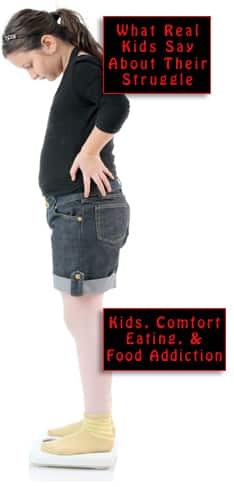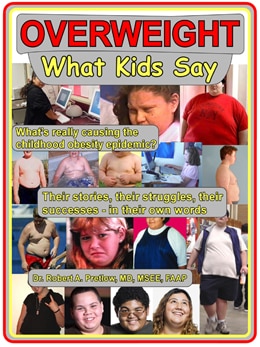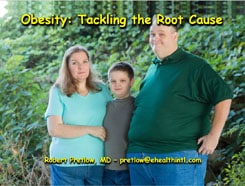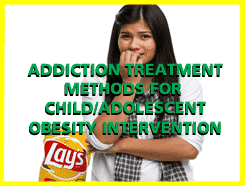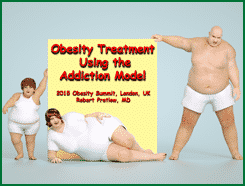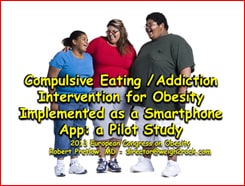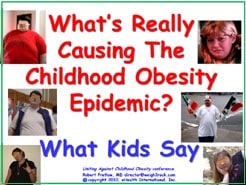
In a bold and sweeping move, the Trump administration released the “MAHA Report: Make Our Children Healthy Again,” a 72-page document outlining the rise of chronic illnesses among America’s youth. Spearheaded by Health Secretary Robert F. Kennedy, Jr., the report zeroes in on an urgent public health crisis — one that includes high rates of obesity, asthma, behavioral health disorders, and autoimmune conditions. Among these concerns, childhood obesity stands out as both emblematic of broader systemic issues and as a pressing problem that demands real solutions.
While the report identifies compelling drivers such as poor diet, environmental toxins, lack of physical activity, and chronic stress, experts argue that its proposed solutions fall short. The diagnosis is clear. The treatment? Frustratingly vague.
A real and rising epidemic
The numbers are hard to ignore. According to the Centers for Disease Control and Prevention (CDC), roughly one in five children in the U.S. is obese. Obesity in childhood is not just about weight; it significantly increases the risk of developing type 2 diabetes, cardiovascular disease, and mental health challenges later in life.
The MAHA report acknowledges this epidemic, pointing to dietary patterns dominated by ultra-processed foods, lack of exercise, and toxic environmental exposures as major contributors. And many experts agree. Dr. William Dietz of George Washington University noted that targeting ultra-processed foods is an important step, though it needs nuance and depth, not just broad condemnation.
Yet, while the report shines a spotlight on known issues, it seems to sidestep a critical aspect of the obesity conversation: socioeconomic inequality.
Poverty, processed foods, and missed opportunities
One of the most glaring oversights in the MAHA report is its limited engagement with poverty as a root cause. Processed foods are cheaper and more accessible than fresh, nutrient-rich alternatives, especially in underserved communities where food deserts persist. Families grappling with low incomes may rely on inexpensive, calorie-dense foods simply to feed their children.
Rather than addressing this systemic problem through programs like expanded school meal funding or subsidies for fresh produce, the report offers proposals that critics describe as “splashy,” such as removing food dyes or funding small-scale research trials — steps that may look good in headlines but lack the structural force needed to shift real-world outcomes.
Mixed messages on prevention and research
The MAHA report calls for a shift toward preventive medicine, urging NIH and FDA to support more research into the health effects of diet and chemicals. On paper, this looks promising. However, in practice, the Trump administration has simultaneously enacted cuts that directly undermine these goals.
Thousands of federal employees have been laid off, and budget cuts have hit agencies such as the CDC and NIH — organizations tasked with the very research and data collection the report claims to champion. Dr. Dietz warns that such cuts may erode our ability to monitor obesity trends, making it harder to assess progress over time.
This contradiction raises the question: Can we fight an epidemic without the tools to measure and understand it?
Overmedicalization and lifestyle solutions
Another area of focus in the report is “overmedicalization”— the idea that the healthcare system is too focused on treating disease rather than preventing it. On this point, there’s widespread agreement. Childhood obesity cannot be solved with a prescription pad alone.
Instead, a comprehensive prevention model would include:
- Parent-infant training in emotional regulation
- Robust nutrition education in schools
- Community-based fitness initiatives
- Subsidized access to whole, unprocessed foods
- Improved urban planning to ensure walkable neighborhoods and safe parks
- Policies addressing environmental pollutants
And while the report mentions lifestyle medicine and surveillance of pediatric drugs, it doesn’t go far enough in proposing how such a shift would be funded or implemented at scale.
What else is missing?
Ultimately, the MAHA report highlights an urgent problem but falls short of a strategy to fix it. Childhood obesity isn’t just a matter of bad personal choices or isolated environmental exposures. It’s the result of systemic forces: poverty, inequality, food industry lobbying, and crumbling public health infrastructure.
Lauren Wisk from UCLA points out that real progress will come from social policies that address root causes, not just from banning food dyes or launching a few more studies. For instance, universal school meal programs, expanded SNAP (food stamp) benefits, and tighter regulations on junk food marketing to kids could move the needle far more than flashy headlines.
If the administration is serious about “making our children healthy again,” it must follow up this report with policies that put science, equity, and prevention at the forefront. Otherwise, this report may end up as just another diagnosis without a cure.
AI only makes it worse
In a follow-up development, the Trump administration has issued corrections to the report after journalists discovered several flawed and nonexistent citations, casting doubt on the report’s scientific integrity. Investigations by a nonprofit NOTUS and NBC News revealed that at least four referenced studies do not exist, including one falsely attributed to epidemiologist Katherine Keyes.
Dr. Keyes commented:
I can confirm that I, and my co-authors, did not write that paper… I was surprised to see what seems to be an error in the citation of my work in the report, and it does make me concerned given that citation practices are an important part of conducting and reporting rigorous science.
The report’s credibility has come under further scrutiny due to its anonymous authorship, limited medical representation among commission members, and questionable interpretation of cited research. Out of 522 total references, seven could not be verified, and some included URLs containing “oaicite,” suggesting that generative AI may have played a role in compiling sources.
Additionally, researchers like Mariana Figueiro, a professor at the Icahn School of Medicine at Mount Sinai, have stated that their studies were misrepresented. Her work on melatonin suppression in college students was incorrectly cited as evidence about children’s sleep and screen time. She said:
The conclusions in the MAHA report are incorrect and misrepresented our finding… We looked at melatonin suppression, not sleep onset. We also used college students, not children as subjects. Finally, the journal name was incorrect.
Unsurprisingly, these errors have sparked criticism over the report’s scientific validity and its use in shaping national health policy.
Your responses and feedback are welcome!
Source: “MAHA Commission report paints a dark picture of U.S. children’s health,” NPR, 5/22/25
Source: “Trump admin corrects RFK Jr.’s MAHA report after citation errors,” NBC News, 5/30/25
Source: “The MAHA Report Cites Studies That Don’t Exist,” NOTUS.org, 5/29/25
Image by Markus Winkler/Pexels

 FAQs and Media Requests:
FAQs and Media Requests: 